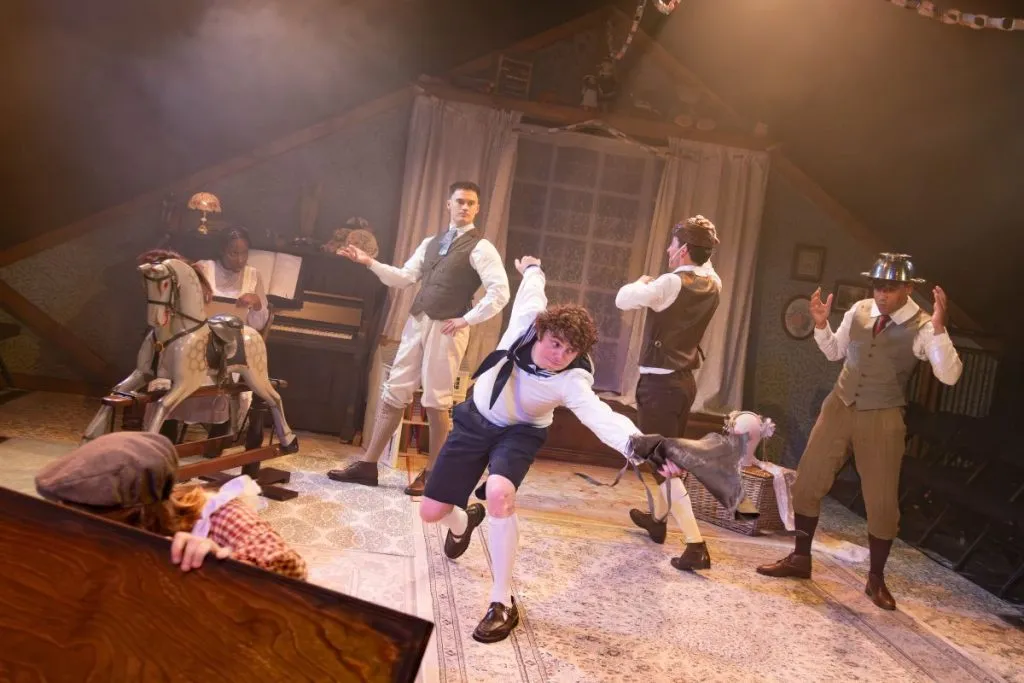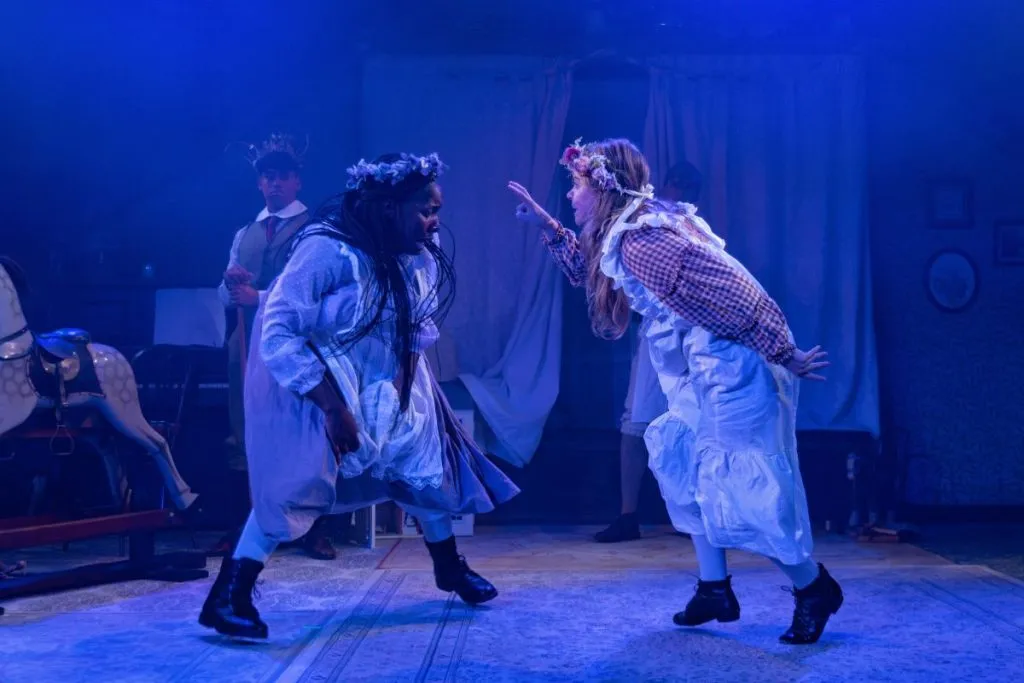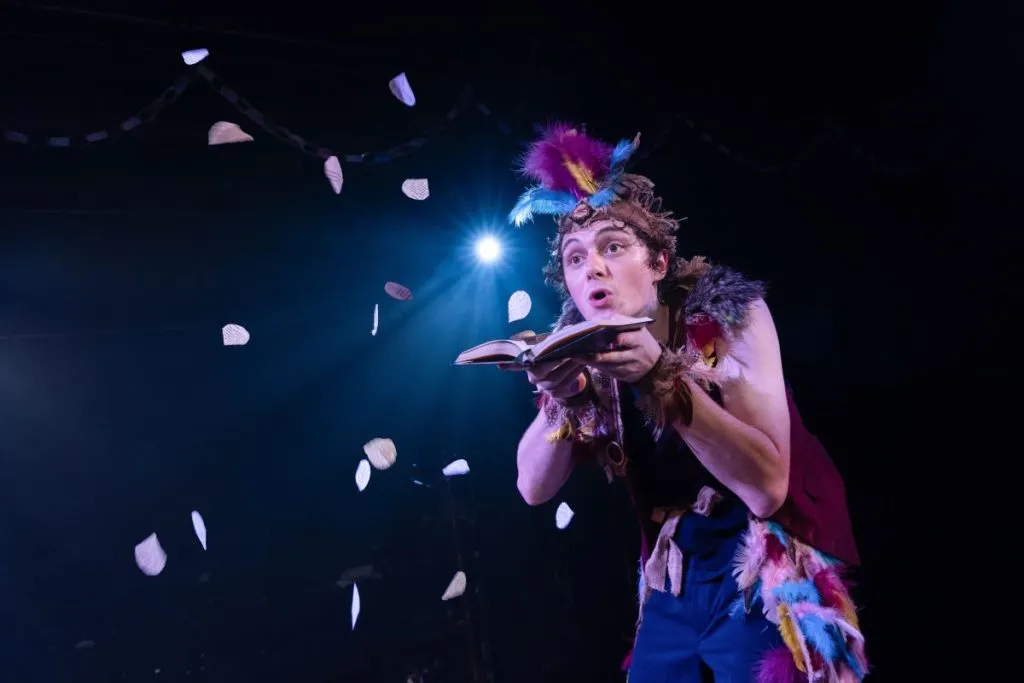Dreaming in Shadows: Imagination and Small Magic at Southwark’s A Midsummer Night’s Dream
The stage goes dark for what seems a heartbeat, then a single spotlight finds a young actor as they step across an invisible border. They turn slowly, reach toward emptiness, and utter, “Into the wood we go.” That moment, so simple and still, pulls me into A Midsummer Night’s Dream at Southwark Playhouse not as an audience member but as a trespasser in someone else’s dream.

From the second paragraph I will say this production works best when it trusts imagination over spectacle, but it falters when it overplays gimmicks. Its strength is in the small details, the pauses, the glances, the tonal shifts that bleed into one another. Its weakness comes when audience participation or theatrical tricks distract instead of deepen.

One moment that showed this balance clearly came during the Mechanicals’ “Pyramus and Thisbe” scene. The actor playing Quince asked for a volunteer to mime wall duty. Armed with only a roll of tape, they traced a boundary in the air. That gesture got the biggest laugh of the evening and created a space between actor, audience, and text that felt genuine. Later, a giddy fairy entered on wires while lights strobed in sharp bursts. The effect dazzled but it risked pulling attention away from the characters below. Costumes were playful with petticoats, mismatched jackets, and pastel wings, yet sometimes the styling shouted “fantasy” too loudly and left less room for nuance.

The performances anchored the show. The actress playing Helena used small shifts in weight and a tight grip on her skirt to show heartbreak without overselling her lines. During one of Lysander’s more frantic speeches his voice cracked on “O, reason not the need.” That crack carried truth. Still, in a few ensemble scenes some voices blurred together with little variation, and that flattened moments that should have risen and fallen with tension.

The staging kept things uncluttered. Four exits and entrances allowed scenes to move quickly without blackouts. A bare wooden table at center stage transformed into many things: a woodland stump, a meeting point for lovers, a fairy altar. The lighting relied mostly on warm washes and shadows that supported the illusion of night, though in one key scene a sudden shift to bright moonlit white felt abrupt and broke the spell just as tension was at its height.
This Dream does not aim for grandeur. It aims for quiet magic. It shows that wonder does not need heavy fog machines or thunder cues to land. It asks you to imagine. Sometimes it sweeps you along and sometimes it stumbles, but even in those stumbles it proves how alive this play can still feel when it is given room to breathe.

